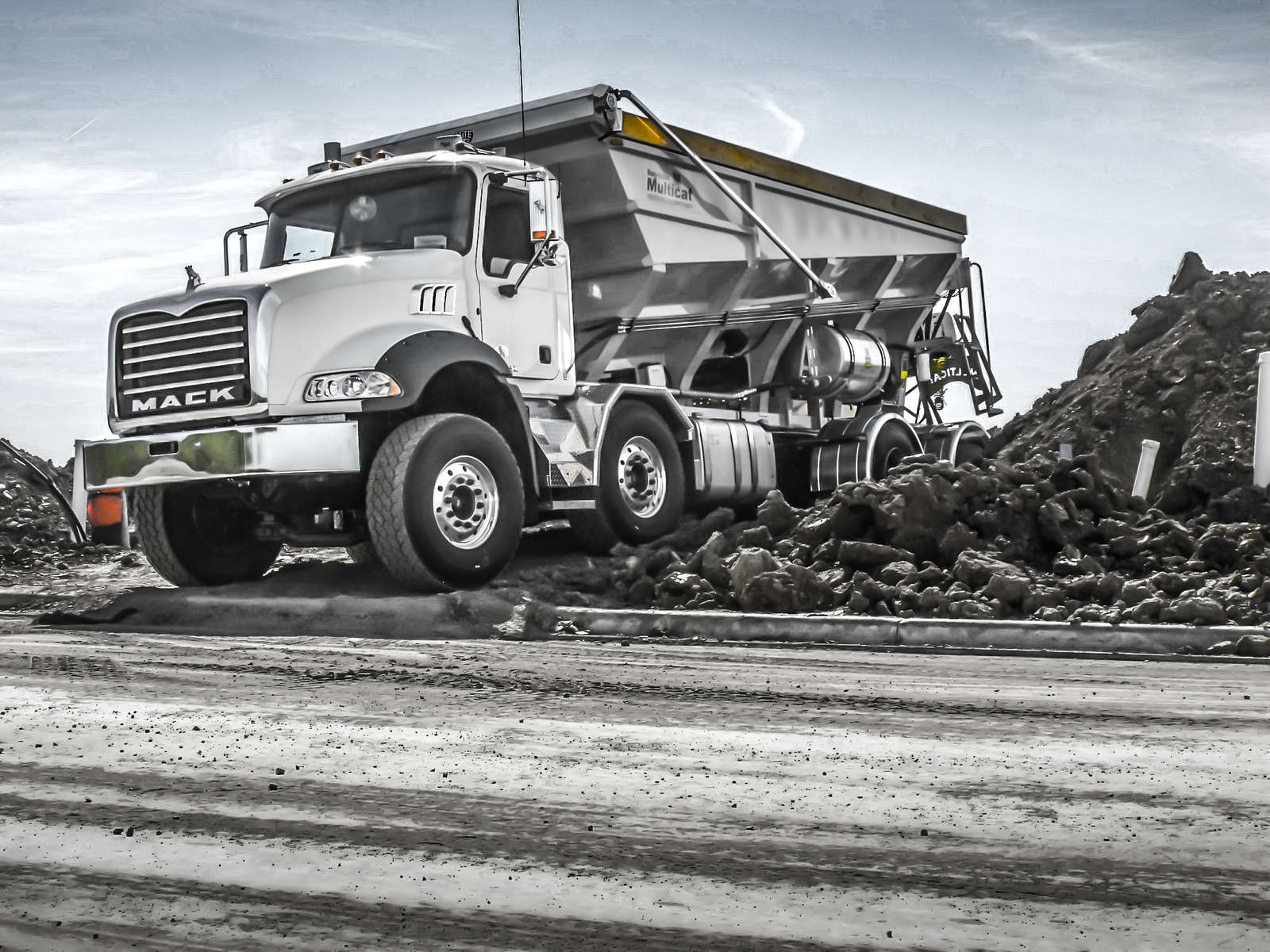What is CVIP?
CVIP (Commercial Vehicle Inspection Program) is a legislated inspection standard mandated by provincial transportation authorities. It applies to commercial vehicles that meet or exceed a certain weight threshold, or that transport passengers. In Alberta, for instance, vehicles exceeding 4,500 kg (when used for commercial purposes) must undergo annual inspections.
These inspections are comprehensive and encompass both mechanical integrity and safety features, ensuring that trucks and trailers are roadworthy and safe for public operation.
Who is Subject to CVIP Requirements?
If your business operates:
- Trucks registered for commercial use over 4,500 kg
- Truck tractors
- Semi-trailers and full trailers
- Commercial passenger vehicles with more than 10 passengers
…then you are legally obligated to comply with CVIP safety regulations. This applies regardless of whether your vehicle operates within city limits or across provinces.
Inspection Frequency by Province
Understanding inspection frequency requirements is paramount:
Alberta:
- Annually for all commercial vehicles under CVIP.
- More frequent inspections may be mandated based on previous compliance history.
British Columbia:
- Annual inspections for commercial vehicles.
- Semi-annual inspections may be required for older vehicles or passenger carriers.
Saskatchewan:
- Annual CVIP inspections for heavy commercial vehicles.
- Requirements may be more stringent if operating across borders.
What Does a CVIP Inspection Cover?
A CVIP inspection is thorough—nothing short of a full health assessment for your rig. It includes a deep dive into:
Brake Systems:
- Checking for air leaks, damaged slack adjusters, worn brake shoes, and low air warning devices.
- Drum brake and S-cam mechanisms are verified for responsiveness and wear.
Suspension and Steering:
- Inspecting leaf springs, air bags, and shock absorbers.
- Checking tie rods, kingpins, and steering boxes for excessive play or leakage.
Lighting and Electrical Systems:
- Ensuring headlights, brake lights, turn signals, and reflectors are operational.
- All wiring must be secure and free from corrosion.
Frame and Undercarriage:
- Examining crossmembers, mounting bolts, and frame rails for cracks or rust fatigue.
Tires and Wheels:
- Tread depth, inflation levels, and potential sidewall damage are evaluated.
- Inspecting lug nuts and hub oil seals.
Fluid Leaks and Emissions:
- Looking for oil, coolant, transmission fluid, and DEF leaks.
- Emission systems like the DPF and SCR catalyst are checked for tampering or malfunction.
Documentation and Record-Keeping
Maintaining a well-documented inspection history is just as important as the inspection itself. Each inspection must be recorded, with documentation kept on file for at least two years (check your province's specific retention requirements). Required documentation includes:
- Certificate of inspection (COI)
- Defect reports and repair logs
- Service records tied to inspection findings
These documents must be readily accessible in the event of a roadside audit or compliance review.
The Role of Preventive Maintenance
Staying compliant isn't just about passing an annual inspection—it's about proactive vehicle care. Preventive maintenance can help avoid violations during a CVIP inspection by addressing issues before they cause a failed report. Key practices include:
- Monthly brake inspections
- Quarterly fluid checks and top-ups
- Bearing and hub maintenance
- Scheduled aftertreatment system cleaning
Using a maintenance schedule that aligns with CVIP requirements not only boosts compliance but also improves uptime.
Choosing a Licensed Inspection Facility
In Western Canada, CVIP inspections must be carried out by licensed technicians at an authorized inspection facility (AIF). Be cautious—using a non-certified mechanic may void your inspection results and put your operating certificate at risk.
Ensure your facility:
- Has a valid provincial facility license
- Employs licensed CVIP inspectors
- Issues official Government of Alberta/BC/Saskatchewan certificates
Consequences of Non-Compliance
Failing to comply with CVIP requirements can result in:
- Out-of-service orders
- Hefty fines (often over $1,000 per infraction)
- License suspensions
- Voided insurance coverage in case of an accident
Tips for Staying CVIP Compliant
- Use a digital fleet management system to track inspection schedules and repair logs.
- Train your drivers to perform proper daily pre-trip inspections, which help catch issues early.
- Conduct internal audits of your maintenance records quarterly.
- Partner with a trusted CVIP facility like Truck Zone for consistent quality and regulatory updates.
- Monitor compliance updates from provincial ministries of transportation.
Book Your Next Inspection Now
From regular inspections and documentation to proactive maintenance and choosing the right facility, the path to compliance is clear. For fleet managers and owner-operators alike, this is one box you can’t afford to leave unchecked.
If you require a CVIP inspection in Western Canada, contact Truck Zone today!




.jpg)
%20(2).jpg)
.jpg)
